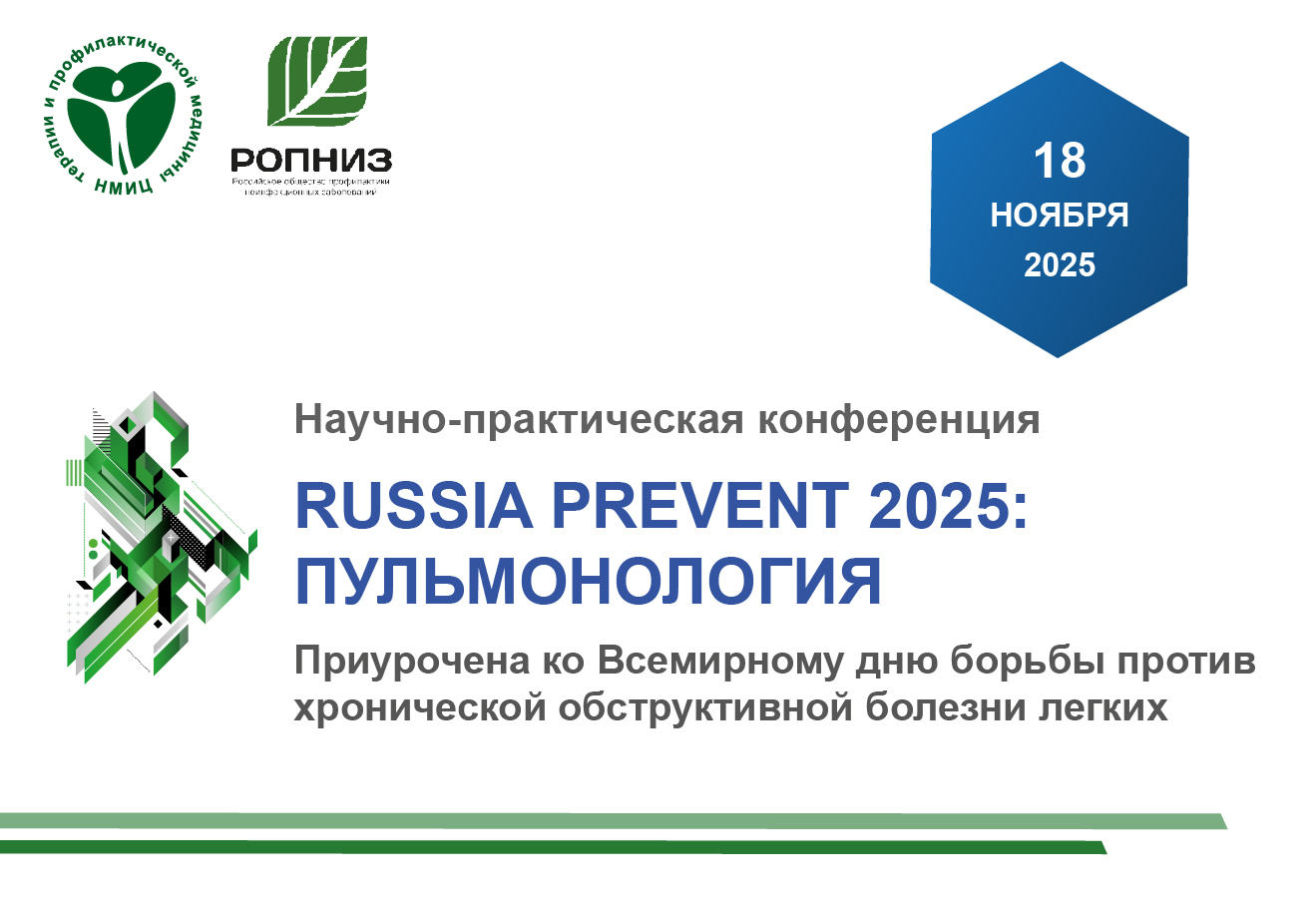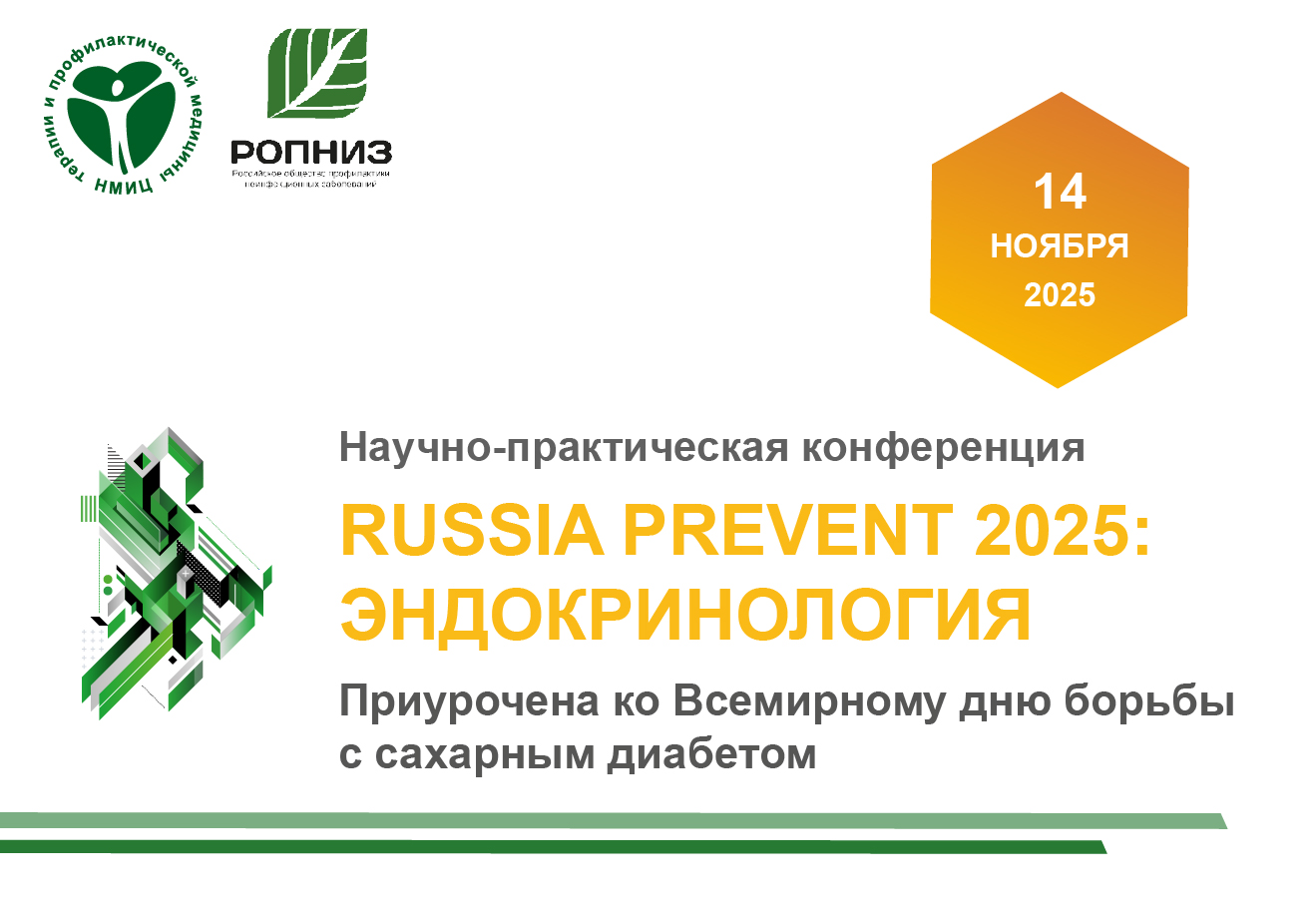DEGENERATIVE AORTIC STENOSIS: PATHOGENESIS AND NEW PRINCIPLES OF TREATMENT
https://doi.org/10.20996/1819-6446-2006-2-1-31-36
Abstract
Aim. To reveal of markers of inflammation and progression of calcification in patients with degenerative aortic stenosis (DAS). Material and methods. A single-stage study was done in 85 patients with degenerative calcification of aortic valve (42 patients with DAS and 43 patients without DAS). The techniques for assessing the severity of aortic valve calcification included ultrasonic diagnostics and multislice spiral computed tomography. Markers of inflammation and lipid profile were investigated. Results. Higher blood levels of total holesterol and holesterol of low density lipoprotein were revealed in patients with DAS in comparison with patients without DAS. They also had higher levels of inflammation markers: C-reactive protein and interleukin-6. There were significant correlations between DAS severity, lipid metabolism disturbances and inflammation markers. Conclusion. Atherogenesis and inflammation may have pathogenic influence on progression of aortic valve calcification and DAS development by lipid infiltration and endothelium cells damage.
About the Authors
O. V. AndropovaRussian Federation
V. N. Anokhin
Russian Federation
References
1. Lindroos M., Kupari M., Valvanne J. et al. Factors associated with aortic valve degeneration in the elderly. Eur Heart J. 1994; 15: 865-870.
2. Stewart B.F., Siscovic D., Lind B.K. et al. Clinical factors associated with calcific aortic valve disease. J Am Coll Cardiol. 1997; l29: 630-634.
3. Otto C.M., Lind B.K., Kitzman D.W. et al. Association of aortic-valve sclerosis with cardio-vascular mortality and morbidity in the elderly. N Engl J Med. 1999; 341: 142-147.
4. Petty G.W., Khandheria B.K., Wisnant J.P. et al. Predictors of cerebrovascular events and death among patients with valvular heart disease. Stroke 2000; 31: 2628-2635.
5. Poggianti E., Venneri L., Chubuchny V. et al. Aortic valve sclerosis with systemic endothe-lial dysfunction. J Am Coll Cardiol. 2003; 41: 136- 141.
6. Rajamannan N.M., Gersh B., Bonow R.O. Calcific aortic stenosis: from bench to the bedside – emerging clinical and cellular concepts. Heart. 2003; 89(7): 801-805.
7. Agmon Y., Khandheria B.J., Tajik J.A. et al. Inflammation, infection and aortic valve sclero-sis. Insight from the Olmsted County (Minnesota) Population. Atherosclerosis. 2004; 174: 337-342.
8. O’Brien K.D., Kuusisto J., Reichenbach D.D. et al. Osteopontin is expressed in human aortic valvular lesions. Circulation. 1995; 92 (8): 2029-2032.
9. Yacoub M.H., Cohn L.H. Novel Approaches to Cardiac Valve Repair. From Structure to Function: Part I. Circulation. 2004; 109: 942-950.
10. Taylor P.M., Allen S.P., Dreger S.A., Yacoub M.H. Human cardiac valve interstitial cells in collagen sponge: a biological three-dimensional matrix for tissue engineering. J Heart Valve Dis. 2002; 11: 298-307.
11. Glader C.A., Birgander L.S., Soderberg S. et al. Lipoprotein (a), Chlamidia pneumoniae, leptin and tissue plasminogen activator as risk markers for valvular aortic stenosis. Eur Heart J. 2003; 24 (2): 198-208.
12. Vehmaan-Kreula P., Puolakkainen M., Sarvas M. et al. Chlamidia pneumoniae proteins in-duce secretion of the 92-kDa gelatinase by human monocyte-derived macrophages. Athero-scler Thromb Vasc Biol. 2001; 21(1): 1-8.
13. Weyman A.E. Principles and Practice of Echocardiography. 2nd ed. Philadelphia, 1994. 1336p.
14. Prokop M., Galanski M. Spiral and multislice computed tomography of the body. Stuttgart etc: Thieme, 2003. 1972p.
15. Назаренко Г.И., Кишкун А.А. Клиническая оценка результатов лабораторных исследований. М.: Медицина, 2000. 544 с.
16. Harris T.B., Ferrucci I., Traxy R.P. et al. Associations of elevated interleukin-6 and C-reactive protein levels with mortality in the elderly. Am J Med. 1999; 106: 506-512.
17. Volpato S., Gralnic J.M., Ferrucci L. et al. Cardiovascular disease, interleukin-6 and the risk of mortality in older women. The women’s health and aging study. Circulation. 2001; 103: 947-953.
18. Chapman C.M.L., Beilby J.P., Humphries S.E. et al. Association of an allelic variant of inter-leukin-6 with subclinical carotid atherosclerosis in an Australian community population. Eur Heart J. 2003; 24: 1494-1499.
19. Tsutamoto T., Hisanaga T., Wada A. et al. Interleukin-6 spillover in the peripheral circula-tion increases with the severity of heart failure, and the high plasma level of interleukin-6 is an important prognostic predictor in patients with congestive heart failure. J Am Coll Cardiol. 1998; 31: 391-398.
20. Bostrom K., Watson K.E., Horn S. Bone morphogenetic protein expression in human athero-sclerotic lesion. J Clin Invest. 1993; 91: 1800-1809.
21. Shanahan C.M., Cary N.R.B., Metcalfe J.C., Weissberg P.L. High expression of genes for calcification-regulating protein in human atherosclerotic plaques. J Clin Invest. 1994; 93: 2393-2402.
22. Olsson M., Rosenqvist M., Nilsson J. Expression of HLA-DR antigen and smooth muscle cell differentiation markers by valvular fibroblasts in degenerative aortic stenosis. J Am Coll Cardiol. 1994; 24: 1664-1671.
23. Mohler E.R. III, Cannon F., Reynolds C. et al. Bone formation and inflammation in cardiac valves. Circulation. 2001; 103: 1522- 1528.
24. Spronk H.M.H., Soute B.A.M., Schurgers L.J. et al. Matrix Gla protein accumulates at the border of regions of cacification and normal tissue in the media of the arterial vessel wall. Biochem Biophys Res Commun. 2001; 289: 485-490.
25. Pellikka P.A., Sarano M.E., Nishimura R. et al. Outcome of 622 adults with asymptomatic, hemodynamically significant aortic stenosis during prolonged follow-up. Circulation. 2005; 111: 3290-3295.
26. Peltier M., Trojette F., Sarano M.E. et al. Relation between cardiovascular risk factors and nonrheumatic severe calcfic aortic stenosis among patients with a three-cuspid aortic valve. Am J Cardiol. 2003; 91: 97-99.
27. Rosenhek R., Klaar U., Schemper M. Mild and moderate aortic stenosis. Natural history and risk stratification by echocardiography. Eur Heart J. 2004; 25: 199-205.
28. Aronow W.S., Ahn C., Kronzon I., Goldman M.E. Association of coronary risk factors and use of statins with progression of mild valvular aortic stenosis in older persons. Am J Car-diol. 1999; 84: 1044-1048.
29. Rosenhek R., Rader F., Loho N. et al. Statins but not angiotensinconverting enzyme inhibi-tors delay progression of aortic stenosis. Circulation. 2004; 110: 1291-1295
30. Antonini-Canterin F., Huang G., Cervesato E. Symptomatic aortic stenosis. Does systemic hypertension play an additional role? Hypertension. 2003; 41: 1268-1272.
31. Muiesan M.L., Losi M.A. Aortic valve sclerosis: new help from echocardiography in the as-sessment of cardiovascular risk. J Hypertens. 2005; 23: 721-723.
32. Effects of an angiotensin-converting-enzyme inhibitor, ramipril, on cardiovascular events in high risk patients. The heart outcomes prevention evaluation study investigators. N Eng J Med. 2000; 342(3): 145-153.
33. O’Brien K.D., Zhao X.Q., Shavelle D.M. et al. Hemodynamic effects of the angiotensin-converting enzyme inhibitor, ramipril, in patients with mild to moderate aortic stenosis and preserved left ventricular function. J Investig Med. 2004; 52: 185-191.
34. Mazzone A., Epistolato M.C., de Caterina R. et al. Neoangiogenesis, T-lymphocyte infiltra-tion and heat shock protein-60 are biological hallmarks of an immunomediated infammatory process in endstage calcified aortic valve stenosis. J Am Coll Cardiol. 2004; 43: 1670-1676.
35. O’Brien K.D., Shavelle D.M., Caulfield M.T. et al. Association of the angiotensin-converting enzyme with low-density lipoprotein in aortic valvular lesions and in human plasma. Circula-tion. 2002; 106: 2224-2230.
36. O'Brien KD, Probstfield JL, Caulfield MT, et al. Angiotensin-converting enzyme inhibitors and change in aortic valve calcium. Arch Intern Med. 2005; 165(8): 858-62.
37. Antonini-Canterin F., Popescu B.A., Huang G. et al. Progression of aortic valve sclerosis and aortic valve stenosis: what is the role of statin treatment? Ital Heart J. 2005; 6: 119-124.
38. Bellamy M.F., Pelikka P.A., Klarich K.W. et al. Association of cholesterol levels, hy-droxymethylglutary coenzime-a reductase inhibitor treatment, and progression aortic stenosis in the community. J Am Coll Cardiol. 2002; 40: 1723-1730.
39. Novaro G.M., Tiong I.Y., Pearce G.L. et al. Effect of hydroxymethylglutaryl coenzyme a re-ductase inhibitors on the progression of calcific aortic stenosis. Circulation. 2001; 104: 2205-2209.
40. Palta S., Pai A.M., Gill K.S. New insight into the progression of aortic stenosis: implication for secondary prevention. Circulation. 2000; 101: 2497-2502.
41. Samal A.K., Berman A.E., Kuruvanka T.S. Effect of statin therapy in the progression of moderate to severe calcific aortic stenosis. Circulation. 2002; 106,Suppl. II: 640.
42. Pearlman A.S. Medical treatment of aortic stenosis. Promising, or wishful thinking? J Am Coll Cardiol. 2002; 40: 1731-1734.
43. Rajamannan N.M., Otto C.M. Targeted therapy to prevent progression of calcific aortic stenosis. Circulation. 2004; 110: 1180-1182.
44. Quinn D.W., Spinler S.A. Efficacy of statins in prevention progression aortic stenosis. Am J Health-Syst Pharm. 2005; 62: 979-981.
45. A randomised controlled trial of the angiotensin converting enzyme (ACE) inhibitor ramipril in asymptomatic aortic stenosis //www. Clinicaltrials.gov
46. Acute haemodynamic effects of treatment with ACE-inhibitors in patients with symptomatic aortic stenosis //www. Clinicaltrials.gov
Review
For citations:
Andropova O.V., Anokhin V.N. DEGENERATIVE AORTIC STENOSIS: PATHOGENESIS AND NEW PRINCIPLES OF TREATMENT. Rational Pharmacotherapy in Cardiology. 2006;2(1):31-36. (In Russ.) https://doi.org/10.20996/1819-6446-2006-2-1-31-36















































